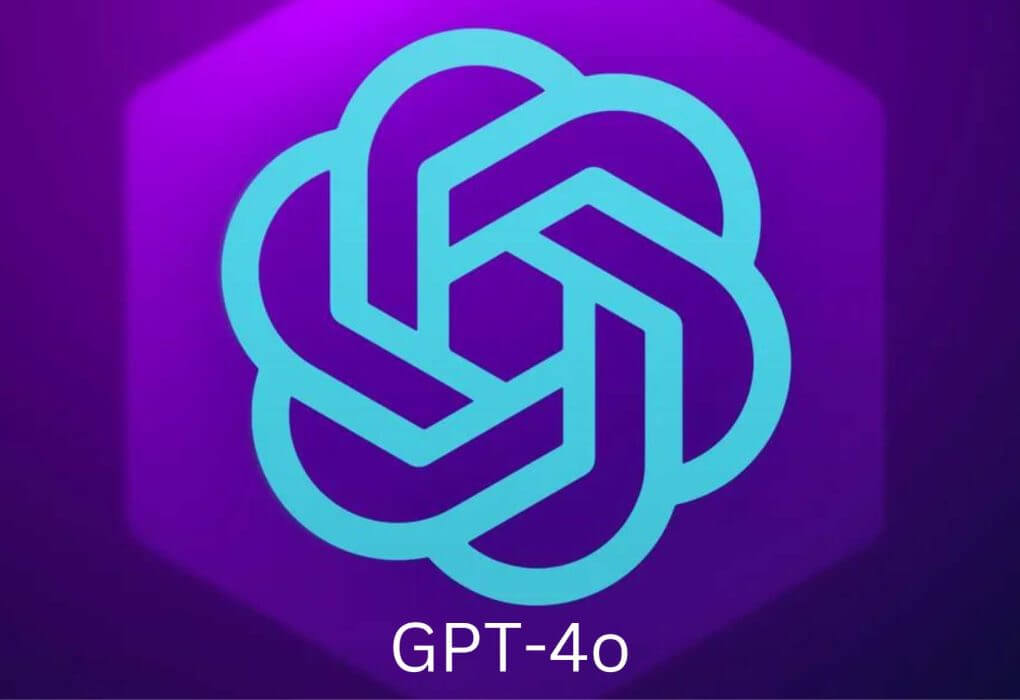1. Network Security
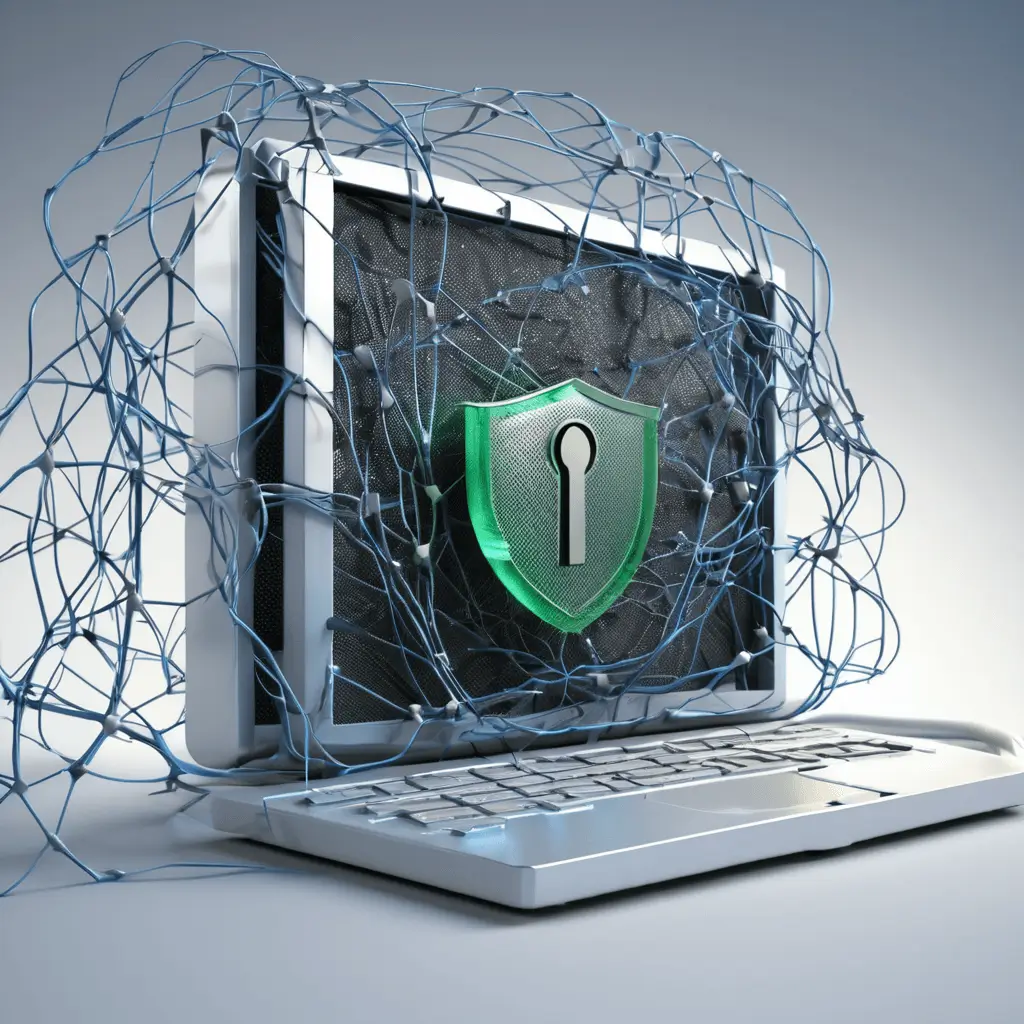
What is Network Security?
Network security is about securing data or information and how easily it can be accessed through a Computer Network. It also encompasses a number of technologies, methods and standards for protection against invasion and improper use. The purpose is to avoid the tampering with of the many resources and information available within a network. The protection of the network is important with regard to transmitting and preserving data, as well as maintaining the functionality of network facilities. Types of Cyber Security.
Major Aspects of Network Security
Firewalls: They are used to separate the organizations trusted internal networks from the untrusted external networks. Moreover, they regulate the flow of transmitted data and manage insulin both in the in and outgoing manner within networks.
Antivirus and Anti-malware Software: Exploit, recognise threats and eradication of unwanted software from devices and network to prevent infections and jeopardise information.
Intrusion Prevention Systems (IPS): The ability to watch specific areas of the network and systems for intrusion, suspicious action, or other unwanted events to automatically thwart them.
2. Application Security
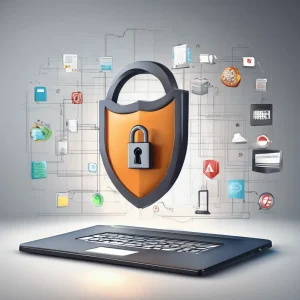
Importance of Application Security
Application security guards software applications against threats and risks that are inherent in their life span. As application get closer to the users, and also contains most of the valuable data, securing the application is a critical necessity to protect them from get hacked.
The Application Security Management
Regular Software Updates and Patches: These should always be installed because they are released to address specific issues with the application as well as enhance security.
Secure Coding Practices: Employment of the codes standards as well as best practice approach in designing the application that originally opens with security features as well as protection from introduced risks and threats.
Application Security Testing Tools: The second type involves performing even greater test automation technique and manual approach in a bid to discover common security concerns such as code and misconfiguration among others.
3. Endpoint Security
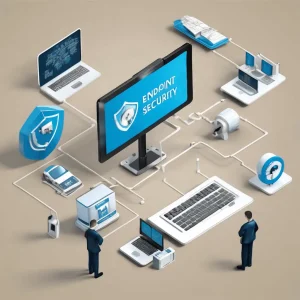
Defining Endpoint Security
Endpoint Detection and Response (EDR): Detect and mitigate risks related to threats and malicious activities that happens in an endpoint in real-time and with great speed.
Encryption: Protect data in its repository on endpoint devices as well as during transmission through the use of encryption.
Access Controls: They should promote the use of access control to ensure that, no one that is not allowed gets to any data or resource in an endpoint.
4. Data Security

The Role of Data Security
Data security comprises actions and polices that will ensure that data is secured to prevent any compromise on confidentiality, availability and integrity of the data. Moreover, it implies protection of information from intentional and unintentional access, leakage, modification or deletion.
Data Security Practices: Data Encryption: Information security as the term suggests refers to practices and systems put in place to protect data’s confidentiality, availability and integrity at every stage in the data life cycle. It also includes protection of information against theft, publication, modification or deletion.
Backup Solutions: Secure access to confined information processes through encrypted algorithm to avoid disclose or alteration by other parties.
Data Masking: Critical data must be copied often to secondary servers or other offsite or cloud copying that permit data retrieval in case of data loss or data corruption.
5. Identity Management

Exploring Identity Management
It deals with generation, management and over-all control of identifications, passwords and access rights to an organisation’s IT facilities. It is easy to control and track users since they can only access resources and systems that their authorities approve.
Identity Management Solutions
Single Sign-On (SSO): Single Sign-On (SSO) allows user to sign in to multiple applications and systems with a single set of login credentials; it benefits the users and downplays password-related risks.
Multi-Factor Authentication (MFA): Make users input a number of verification forms, namely password, fingerprint, and/or token, to make authentication more secure against intruders.
User Access Reviews: Check all user’s right and access to security at certain periods of time to ensure that there are no abuses and unauthorised access.
6. Database and Cloud Security

Database Security
It will help to secure data archived in databases to prevent unauthorized access and changes of the structured data. Types of Cyber Security Further it includes safeguarding of database servers, data repositories and the database management systems (DBMS) against security threats and risks.
Cloud Security
Cloud protection safeguards data, application, and information technology resources and services hosted in cloud computing platforms. Further, it comprises of protecting cloud hosted services, service providers including the IaaS, PaaS, SaaS offerings.
Core Practices in Database and Cloud Security
Regular Audits and Updates: Schedule security audit and assessments and correct the associated security issues in databases and cloud systems.
Use Virtual Private Networks (VPNs): VPNs encrypt the traffic and create secure conduits to connect the interconnecting network of on premises and cloud deployment.
Encryption and Tokenization:
7. IoT and Physical Security

IoT Security
IoT security will primarily be concerned with the protection of the smart devices, sensors and other intelligent systems that forms part of the IoT.
Physical Security
Also, physical security includes facilities and measures, which are invoked to protect the physical elements of an IT system such as computer rooms, server rooms, networking hardware, etc., Types of Cyber Security from physical intrusions, theft, malicious damages, etc.
Security measures for IoT and the physical aspects
Network Segmentation: In addition to it, isolate IoT devices and networks such that any security threat executing itself on a dependent IoT, this environment cannot gain higher privileges and spread to more devices and data.
Security Cameras and Surveillance: Install barriers such as closed circuits television, alarms and other monitoring devices to make physical areas uncomfortable for intruders to breach and in occasions detect undesirable behaviors. Furthermore, these systems can be effectively used to support analysis of security intrusions and threats.
Environmental Controls: Moreover it is necessary to fit data center ecological control systems that should control temperature and humidity, and other ecological conditions that are dangerous for equipment and that can cause their failures.
8. Operational Technology and Incident Response

Operational Technology Security
OT security therefore targets industrial control systems, supervisory control & data acquisition systems as well as other industrially-used technologies in manufacturing, energy, water and transport industries. It also covers the specific issues of convergence of IT and OT in these industries.
Incident Response
Best Practices for Incident Response
Immediate Identification and Isolation of Breaches: Identify, segregate and neutralise the threat sources and threats themselves to ensure that they cannot continue to threaten the organisation’s data and … Assets.
A Well-Prepared Response Team: Create an incident response team so that members include people from IT, security, legal departments, and senior management. They facilitate response actions and make some decisions during the security events.
Continuous Monitoring and Logging: Appeal for the need of real time monitoring as well as logging solutions for monitoring the occurrence and occurrences of security incidents. It makes the work of threat identification and management of security incidents easier.
9. Disaster Recovery and Business Continuity
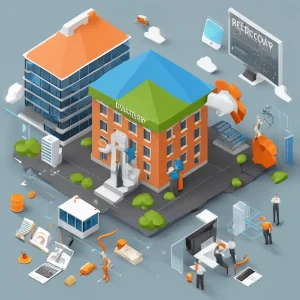
Importance of Disaster Recovery
Backup and IT business continuity means the plans and processes in place to restore IT systems, applications, and data that may have been ravaged by disasters which include; hacktivism, natural calamities, and system crashes.
Regular Data Backups: It also enables corporations to recover data after an event by backing duplicates up in different areas.
Infrastructure Redundancy: Incorporate backup into your IT systems by having several of them, including servers and databases. These backups are more important to cover the primary system failures so that it would not affect the overall system.
Practice Drills and Simulations: Make use of table top exercises, simulation conducted and actual disaster and business continuity plan tests on a frequent basis. This makes certain that all people are aware of the duties to be performed during an emergency and also confirm that the actions provided in the plans are functional according to the conditions.
10. Education Training & Regulatory Compliance

The Need for Cyber Security Education
Employee awareness of cyber risks and behavior is the key to improving organizational integrity. Many information security incidents stem from relatively low-level factors such as trick and deception and inadequate information handling. The Types of Cyber Security main issues that can be seen here are these vulnerabilities need to be addressed through competency-based education and training for organizational resilience.
The following are major headings of Cyber Security Regulations compliance as stated below;
Companies have to follow different legal and regulatory standards concerning the usage and processing of data. Policies are vital to staying out of trouble with the law and managing the organizational coffers while standards are important to maintaining the highest levels of security within the organization.
Approaches for Compliance and Training Regular Training Sessions:
Continual education as a best practice for addressing cybersecurity risk for all members of the community ensures that everybody is up to speed on the numerous threats and how to handle organizational data safely.
Compliance Audits: Systematically review and evaluate the protection measures connected with systems and practices so as to meet all obligatory security requirements and measures.
Updates on New Security Laws and Regulations: This is important so as to update your security measures to the recent development in the laws and standards for cyberspace protection.
Conclusion
This paper aims to explore the different types of cyber security in order to safe guard information in the current hi-tech society. In addition, strategy on cyber security with all its aspects are highly important today so as to minimize risk and exposure to cyber threats. This end user computing strategy tool should contain network, application, endpoint and data security. But no matter what type of solution is implemented it is crucial to also encourage a security and compliance minded culture in addition to the technology. Types of Cyber Security Also, anyone operating an organization must embrace collaboration on the best cybersecurity strategies to be put in place, and exercises for strengthening the employees on security measures. With the implementation of cyber security, different companies and people can lay their hands on the intricate web which characterizes the existing social relations.




